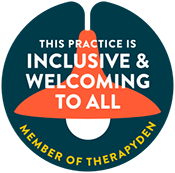Every child grows at their own pace, but sometimes they need a little extra support to thrive emotionally, socially, or behaviorally. Whether it is managing big feelings, improving communication, or building confidence, therapy can be a powerful tool to help children navigate the challenges of growing up. When introduced early and with care, therapy does not just address difficulties, it also builds a strong foundation for lifelong resilience and healthy development.
As a parent, it can be overwhelming to know when or how to seek help. But the truth is, meeting with a child counselor at Anchor Therapy is not just for times of crisis, it is also a proactive way to support your child's emotional and developmental needs. In this blog, we will explore how different types of child therapy work, the signs that your child may benefit, and how you can be an active partner in their growth journey.















